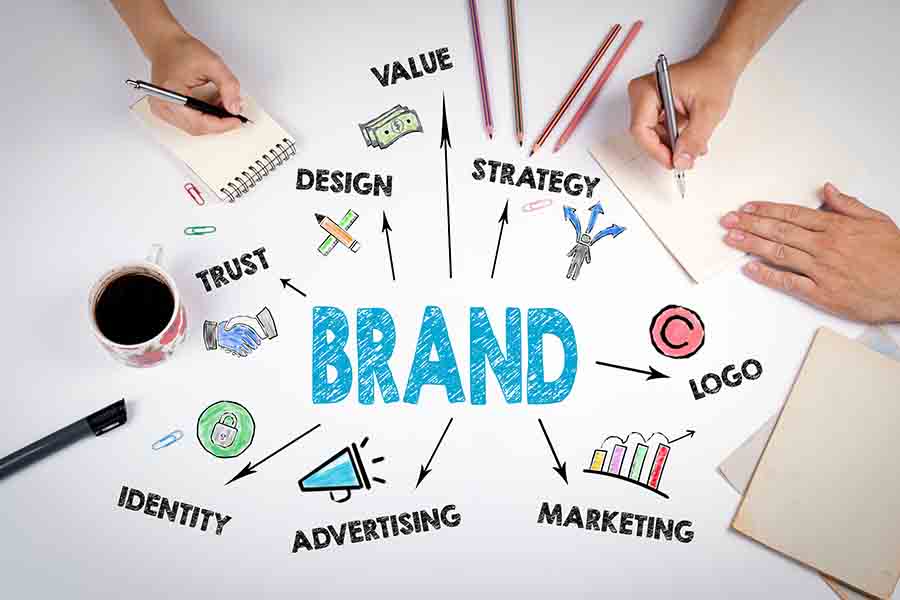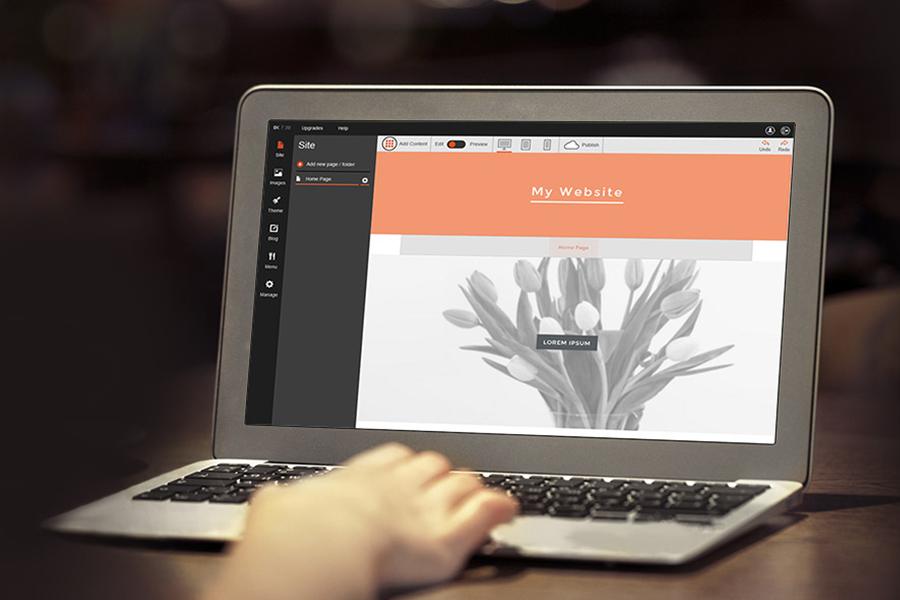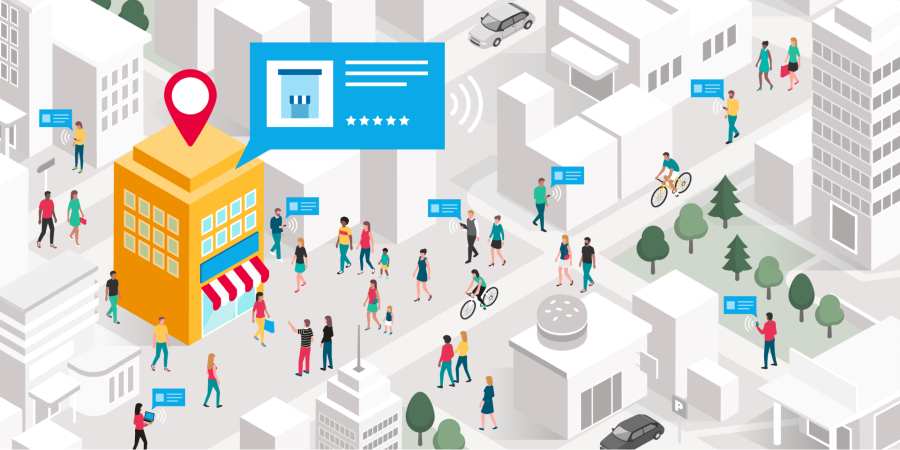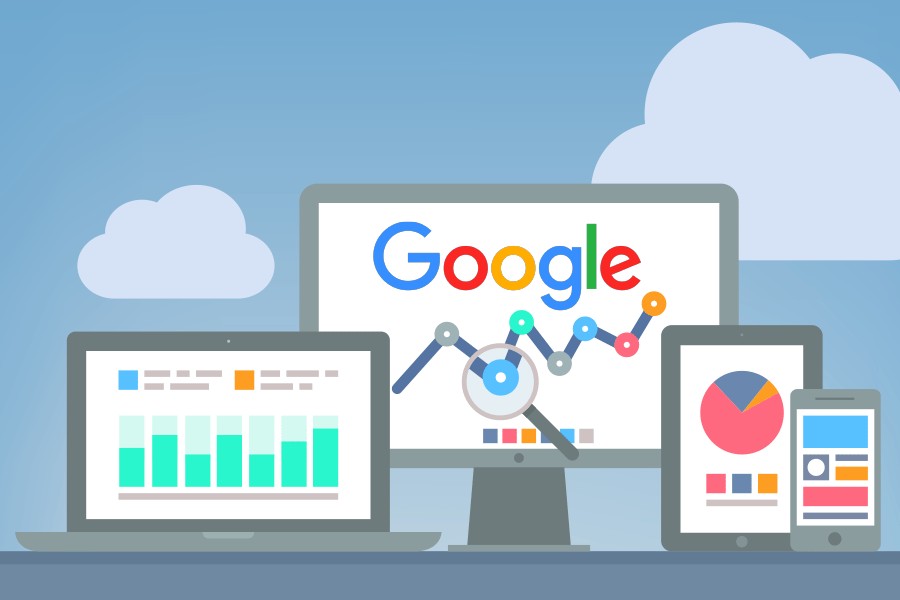
Marketing

FREE RESOURCES
LATEST ARTICLES





FREE RESOURCES
December 29, 2022
Free Social Media Plan Template
WRITTEN BY: Hazel Emnace
June 21, 2024
Free Press Release Template
WRITTEN BY: Audrey Rawnie Rico
March 28, 2023
Free Mission Statement Template
WRITTEN BY: Audrey Rawnie Rico
April 26, 2023
Free Vision Statement Template
WRITTEN BY: Audrey Rawnie Rico
LATEST ARTICLES